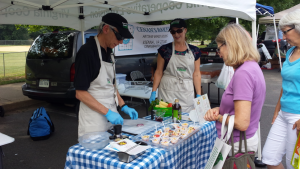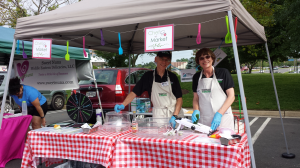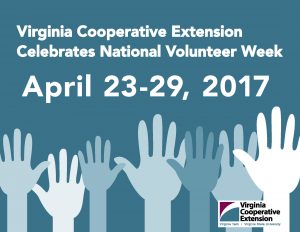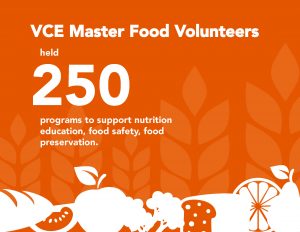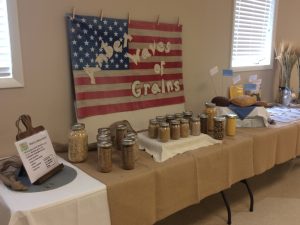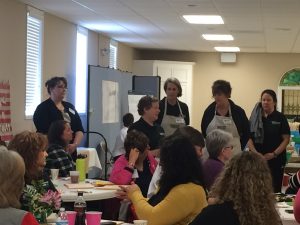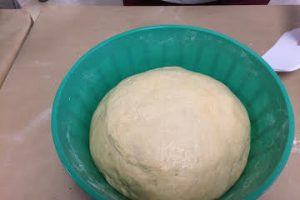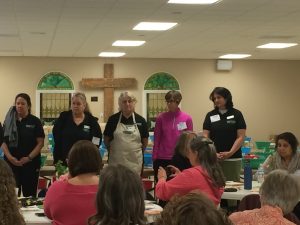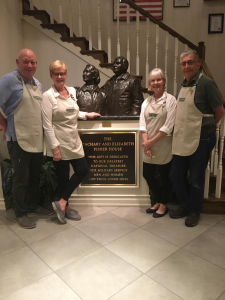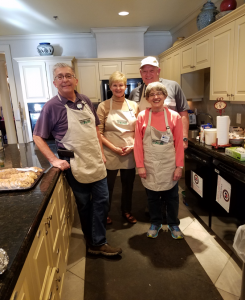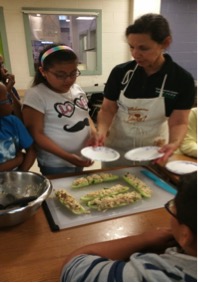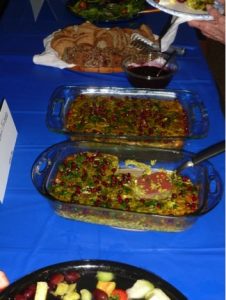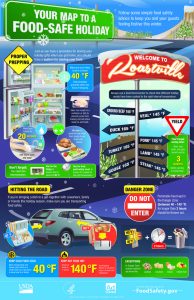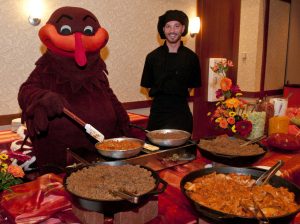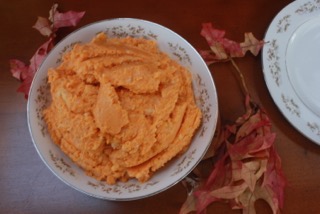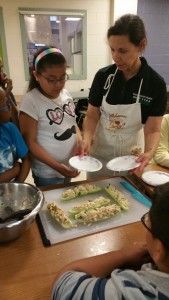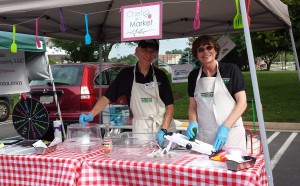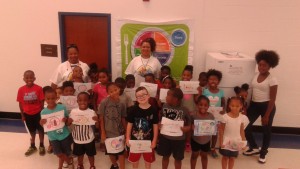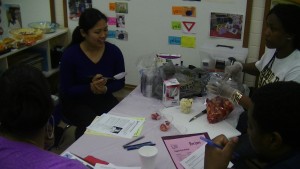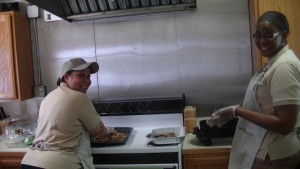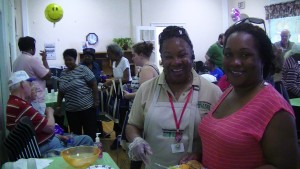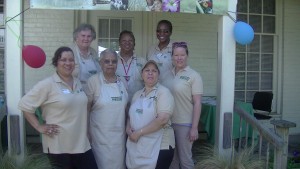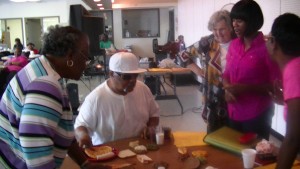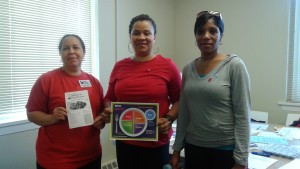Michael Perel has always had a strong interest in cooking and nutrition.
Katie Strong, Family and Consumer Science Extension Agent, highlighted his dedication and willingness to share his love of food through various Extension Master Food projects and events. As a Master Food Volunteer, he has taken initiative from the start when delivering nutrition programs within his community. He volunteers at farmers markets, senior centers and at a Jewish community center to help others establish a healthy lifestyle through nutrition. Michael has developed educational handouts and creative nutritional games that engage the community to learn while having fun.
He reels in community members by challenging them to answer questions from his trivia wheel and rewards them with small prizes. If the trivia wheel is not out, he hands out tasty, nutritious food samples to the public with the recipe attached for them to try at home. Michael has taken his nutrition, cooking and food expertise to a higher level while developing new avenues for helping in the community.
Submitted by Steph Grasso, VT Department of Human Nutrition, Foods, and Exercise

